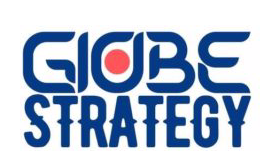This week has seen a flurry of articles on the engine travails of the A380 with issues on the Rolls Royce variant of the powerful engines that propels the biggest passenger aircraft. The latest news today is of another competing aircraft – the Boeing 787 Dreamliner’s testing being stopped due to an emergency landing on tuesday following smoke in the cockpit. Both these aircrafts have been powered by Rolls Royce engines.(Sic)The similarities with both aircrafts have been the leap in innovation and design that airframe manufcaturers wanted to see in a field that had stagnated after the development of the 747 in 1970s. So we had the Airbus A380 with its large passenger capacity and long range design and the dreamliner with its emphasis on innovation& effieciency.In the background of recent safety issues, can we as mere mortals boarding these aircrafts ask if aircraft design has reached a technological barrier? Is there a limit on how much power and thrust can be developed for large passenger planes? I know that engineers could argue that these are teething problems with a new aircraft and that there is no limit. But then why is that after the 747 in 1970, the next major development was only the Airbus A340 and the Antonovs? Why do we have problems when a radical development is designed in airframes. Will these issues be resolved?As for me, the next time , I book a flight, I will be looking out of the window for smoke.
Category: Academic Theory
A signpost to useful information on the academic theories and frameworks used in the international business and global strategy literature.
Still on the Aircrafts
Still on the A380 fiasco, has anyone thought of linking up 3 news articles that came out on the subject. The first is that of Singapore and Lufthansa replacing their trent 900 engines. the second is Pratt & Witney suing RR for copying a Fan blade design and the third is Boeing halting the testing of the dreamliner. Put all of these together in a sequence and try to correlate this with the BP fiasco. What do you get? Do you see a rival to protect its share at the expense of others in a niche market? RR provides over 50% of aircraft engines and many of these have been tested and proven reliable? When 1 model experiences issues, you get a lot of negative media coverage while you try and sort out what when wrong. But then your only rival walks in the party and says you cheated on design and your net value declines by almost 10%. Methinks, RR will wait out all of this.The company is still innovative, reliable and has capabilty. At least the Chinese think so!. Long live British Engineering
